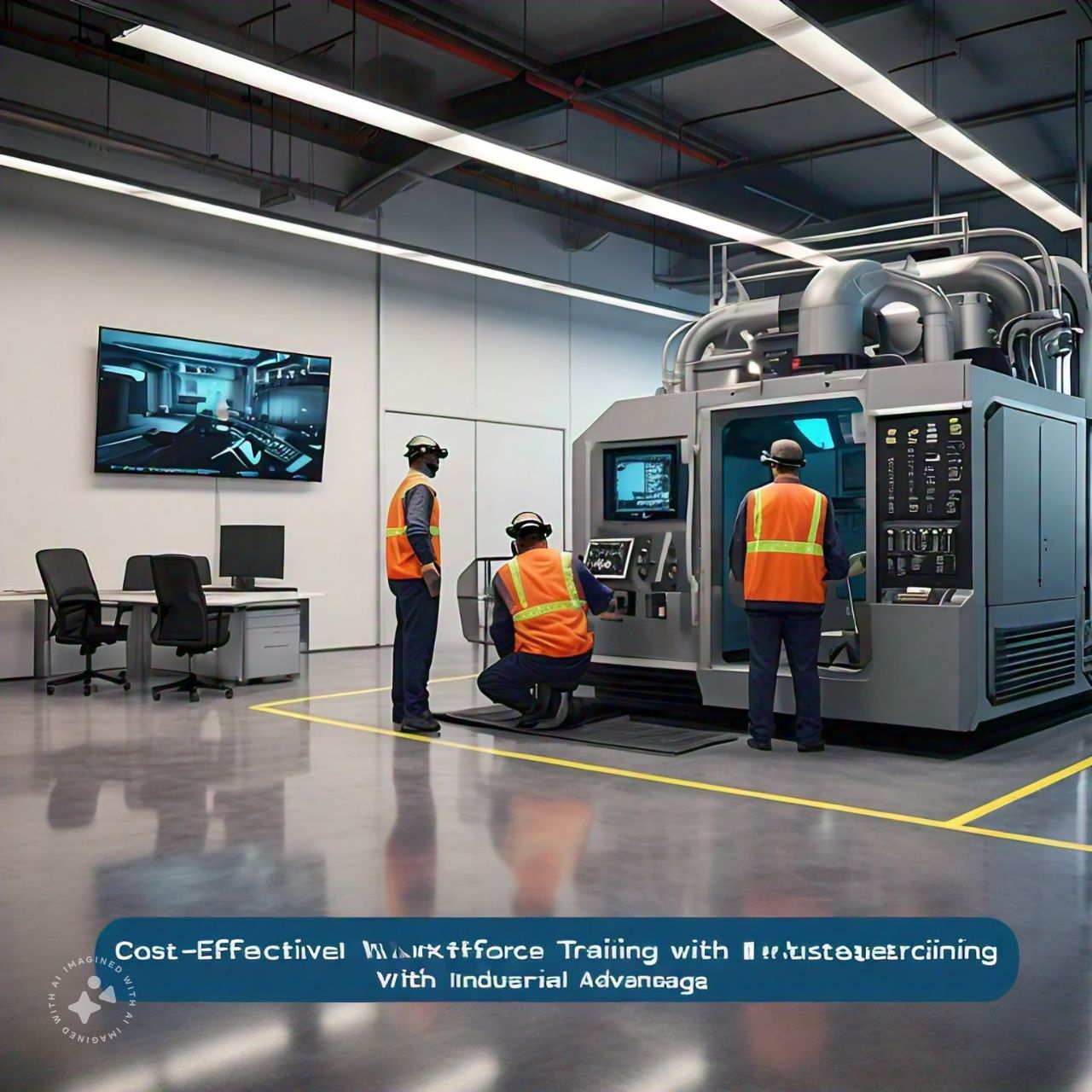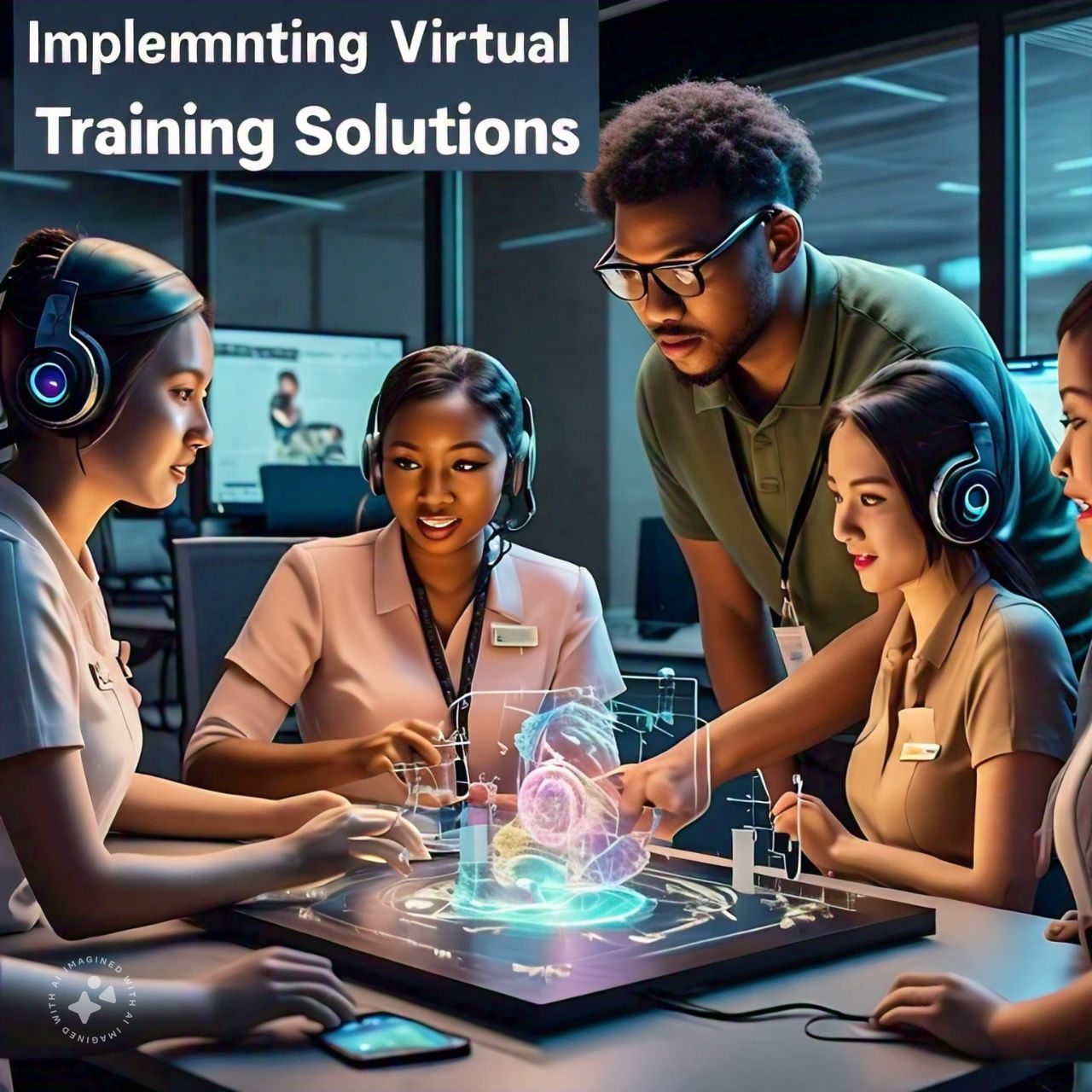In today’s fast-evolving business environment, companies are increasingly looking for innovative solutions to stay ahead of the competition. One such innovation is virtual reality (VR), a technology that offers immersive experiences and is transforming various industries, from retail and real estate to education and manufacturing. However, while the benefits of VR are clear, many businesses face significant challenges when trying to implement it effectively. Understanding how to implement virtual reality in business requires navigating various obstacles related to cost, technology integration, and user adoption.
In this article, we will explore common challenges businesses face when adopting VR technology and offer strategies for overcoming these barriers.
1. Challenge: High Costs of VR Technology
Solution: Budgeting and Phased Implementation
One of the main hurdles businesses face when implementing virtual reality is the high upfront costs associated with acquiring the necessary hardware, software, and technical expertise. VR headsets, development tools, and custom VR content can add up quickly, especially for smaller businesses with limited budgets.
How to Overcome It:
- Start small: Instead of rolling out a full-scale VR implementation, start with a pilot project. Choose one specific area of your business (e.g., training, product demos) to test VR’s effectiveness and scalability. This allows you to assess the return on investment (ROI) before committing to larger expenses.
- Leverage existing technologies: If you can’t afford high-end VR systems, consider using more affordable options like mobile-based VR platforms (e.g., Google Cardboard). These solutions can still provide immersive experiences at a fraction of the cost.
- Seek external funding: Explore partnerships with tech companies or seek grants that support businesses adopting innovative technologies like VR.
2. Challenge: Technical Complexity and Integration
Solution: Work with Experts and Adopt Scalable Solutions
The technical requirements for developing and deploying VR can be overwhelming, particularly for businesses that lack in-house expertise. Creating interactive content, ensuring compatibility with existing systems, and maintaining the necessary hardware infrastructure requires a high level of technical knowledge.
How to Overcome It:
- Hire VR consultants or developers: Collaborate with virtual reality consulting for tech companies who can guide you through the technical aspects. VR consultants can help with everything from hardware selection to software development, ensuring that your business leverages VR effectively.
- Use scalable software solutions: Instead of building custom VR solutions from scratch, explore platforms that offer scalable VR services tailored to business needs. Several companies offer VR-as-a-Service (VRaaS) platforms that simplify integration with existing systems and require less in-house expertise.
- Train your team: Offer training to your internal staff to help them understand how to manage and integrate VR systems. Developing technical skills within your team ensures that you can handle VR systems in-house over time, reducing reliance on external experts.
3. Challenge: Resistance to Adoption
Solution: Educating and Engaging Employees and Customers
Another challenge that businesses face when implementing VR is resistance from both employees and customers. Employees may be hesitant to adopt new technologies due to unfamiliarity, and customers may be skeptical about the usefulness of VR in their shopping or service experience.
How to Overcome It:
- Education and training: Organize training sessions for employees to familiarize them with VR technology, showing them how it can enhance their work experience or improve efficiency. Highlight specific benefits, such as reduced training time or improved collaboration, to increase enthusiasm for the technology.
- Pilot programs and demonstrations: For customers, offer VR demonstrations that showcase its value in a way that is relevant to them. For example, retailers can use VR to create virtual fitting rooms or product displays, allowing customers to see the benefits of the technology firsthand.
- Internal champions: Identify employees who are early adopters of technology and encourage them to champion VR across the organization. Their enthusiasm can help reduce resistance and increase the likelihood of widespread adoption.

4. Challenge: Lack of Content and User Experience Design
Solution: Focus on High-Quality, User-Centric Content
The success of any VR implementation depends on the quality of the content and how user-friendly the experience is. Poorly designed VR experiences can frustrate users, lead to low adoption rates, and negate the benefits of the technology.
How to Overcome It:
- Collaborate with content creators: Work with VR developers or content creators who have experience in your industry. They can help you design VR experiences that are intuitive, engaging, and aligned with your business goals.
- Prioritize user feedback: Once your VR solution is live, actively seek feedback from both employees and customers to refine the experience. Usability testing and customer feedback can help you identify pain points and make necessary adjustments.
- Update content regularly: VR content can become outdated quickly, so regularly update your virtual environments, product demos, or training materials to keep them relevant and engaging.
5. Challenge: Safety Concerns and Physical Limitations
Solution: Design Safe, Inclusive VR Experiences
VR, while immersive, can sometimes cause physical discomfort such as motion sickness, eye strain, or disorientation. These issues can be a deterrent for both employees and customers when using the technology.
How to Overcome It:
- Design for comfort: When creating VR content, prioritize user comfort. This includes reducing the likelihood of motion sickness by avoiding rapid movements and focusing on steady, grounded experiences.
- Provide clear safety guidelines: Educate users on how to safely use VR systems, particularly regarding physical space requirements, proper headset usage, and duration limits for VR sessions.
- Offer alternatives: For those unable to use VR due to physical limitations, offer alternative solutions, such as 360-degree video or augmented reality (AR), which can provide a similar immersive experience without the physical drawbacks of VR.
Conclusion
While implementing virtual reality in business presents several challenges, these obstacles can be overcome with the right strategies and planning. By addressing issues related to cost, technical complexity, user adoption, content quality, and safety, businesses can successfully integrate VR into their operations and unlock its full potential. As VR technology continues to advance, it’s essential for businesses to stay informed and adaptable to ensure they maximize their investment and remain competitive in a technology-driven market.
FAQs
1. What is the first step in implementing virtual reality in business?
The first step is to define your business objectives and identify areas where VR can provide the most value, whether for employee training, customer engagement, or product visualization.
2. How can businesses overcome resistance to adopting VR?
Businesses can overcome resistance by offering training and educational sessions for employees, showcasing the benefits of VR, and running pilot programs to demonstrate its effectiveness.
3. What should businesses consider when creating VR content?
It’s important to focus on high-quality, user-centric content that prioritizes ease of use, engagement, and relevance to the business. Collaborating with experienced VR developers can ensure a successful implementation.















Leave a Reply